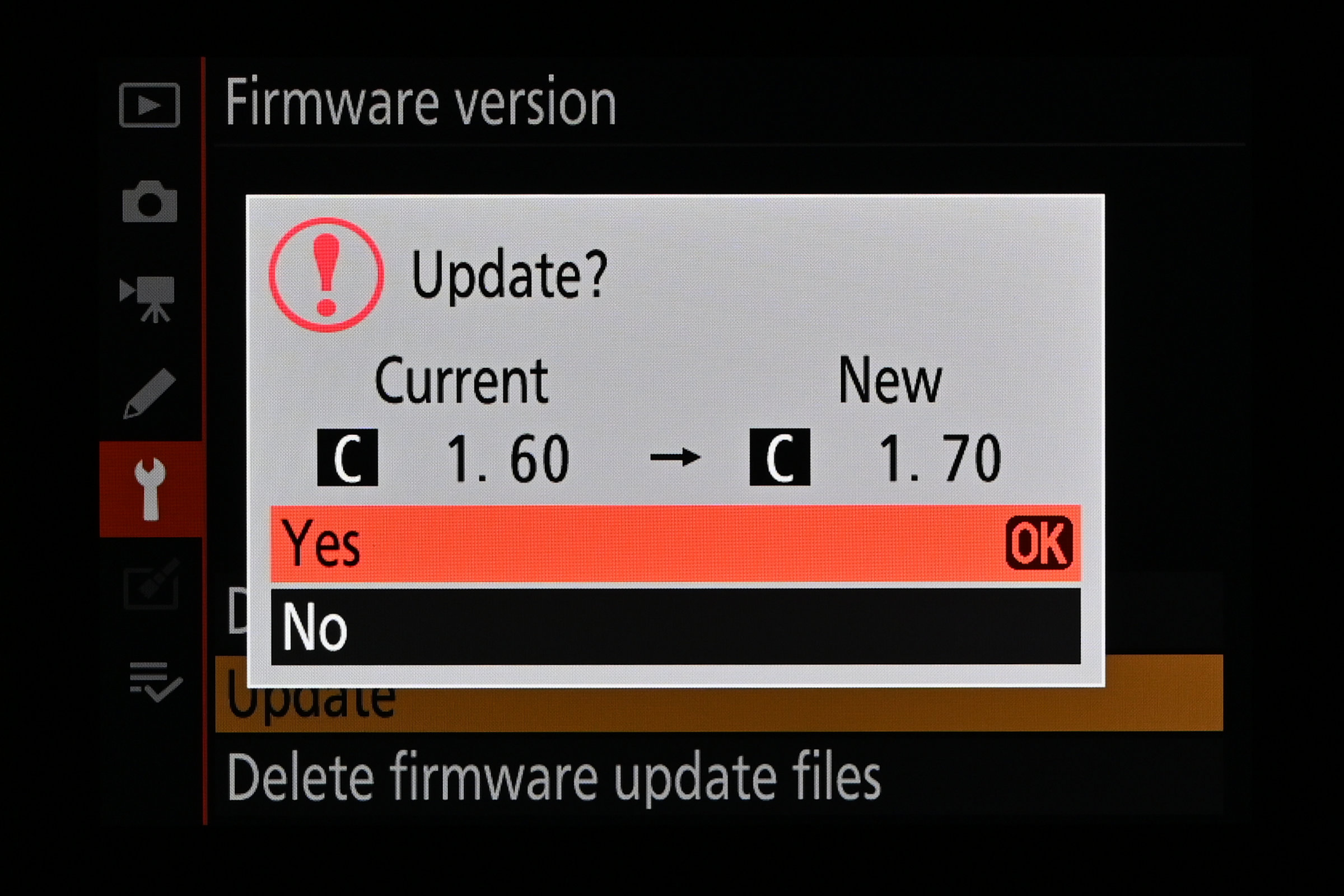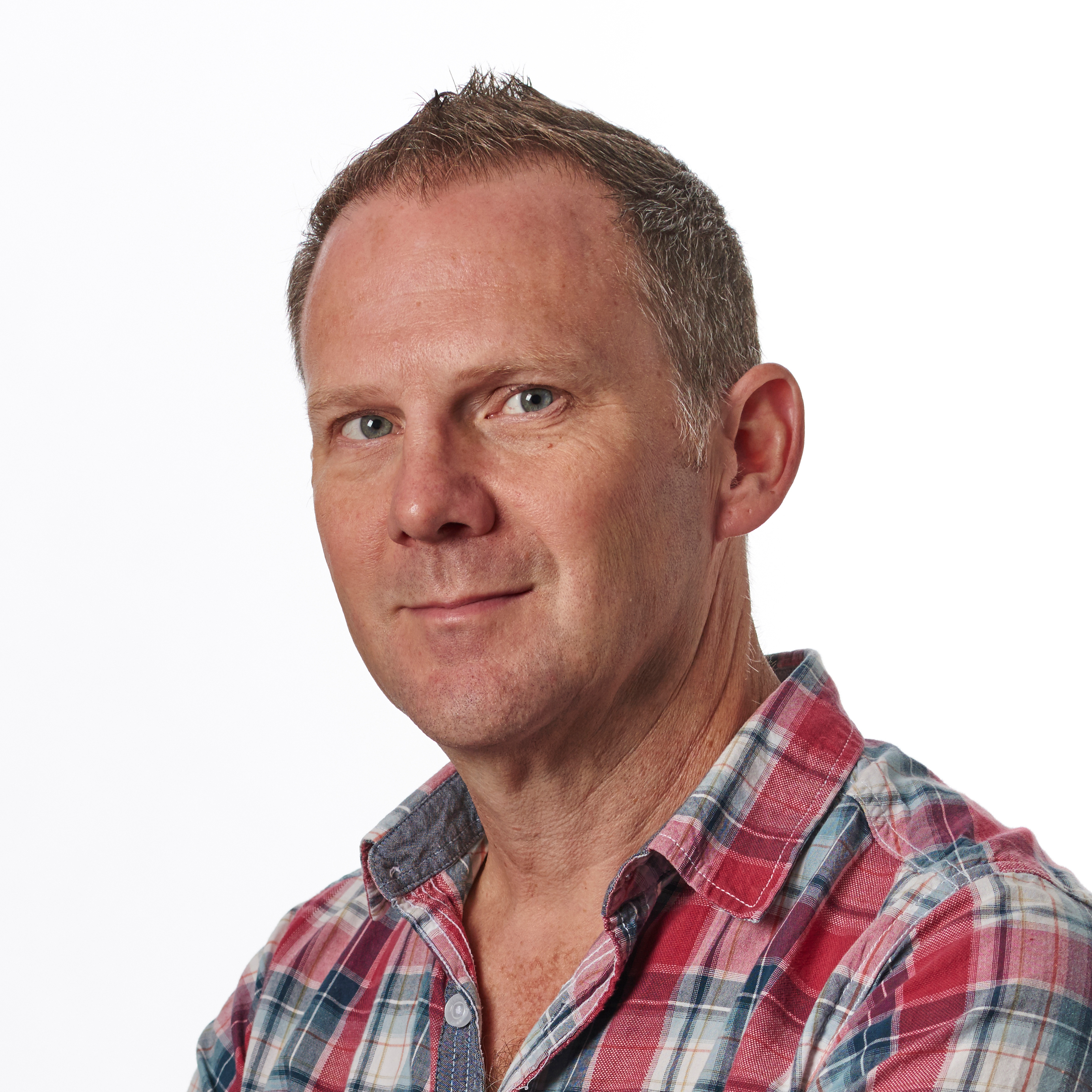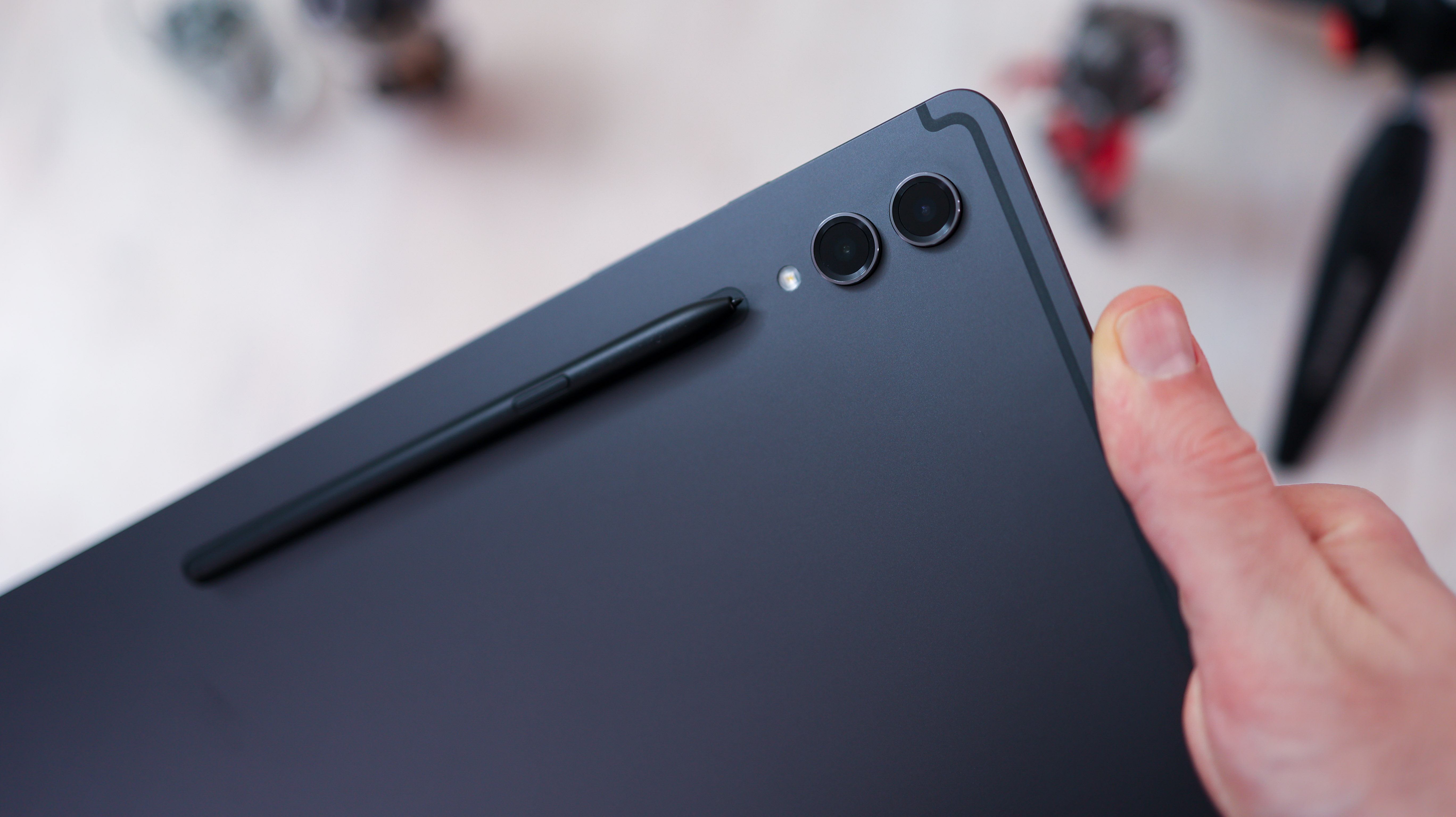As a Nikon stalwart, I won't be losing any sleep over the Sony A1 II and Canon EOS R1's 'better' AF
So what if Canon and Sony's flagship cameras have technically better autofocus than the Nikon Z9 and Z8? I'm sticking with Nikon, no matter what

We camera owners are a tribal bunch, fiercely loyal to our brands, jumping to the defense of whatever camera we happen to own, should an argument ensue with owners of other systems about which is better. Even if we know, in our hearts, that we're not entirely right.
When Sony was making strides with the burgeoning Alpha series years ago, I'd argue that such early mirrorless cameras were a mere gimmick compared to a 'proper' DSLR, such as my Nikon D850, which I'd bought as soon as it came out. Then, when Nikon finally launched the Z system years behind its competitors, I'd proclaim that big N was completely in the right to take the time to develop the truly groundbreaking Z system, with its enlarged mount and reduced flange distance to the image sensor resulting in superior image quality, compared with those who'd rushed to get their earlier mirrorless models to market (which I still maintain is entirely correct).
I was an early adopter of the Nikon Z7, and later moved onto a Nikon Z6 II, which I currently use. Next on my list is a Nikon Z8 – which for all intents and purposes is the flagship Nikon Z9 with the battery grip lopped off – and the camera I'd really been waiting for as the mirrorless equivalent of my beloved D850. But while I've been saving my pennies, we've seen new flagship models launched from arch-rivals Canon in the shape of the EOS R1, and Sony with the A1 II.

I must admit that both have made me question my brand loyalty, mostly due to the rival cameras' improved autofocus. But not for long.
So what if the EOS R1 has 'Dual Pixel Intelligent AF' that makes it a top sports camera that can not only track the action to an unnerving degree, but predict what will happen next, thus keeping the focus on the active player in ball sports, for example, no matter how confusing the on-field melee?
Who cares that the Sony A1 II is the first camera to boast full-frame auto-subject detection, which can not only recognize a whole host of subjects (like the latest Nikon cameras can), but switch intelligently between different types (which Nikons, erm, can't).
It's all too easy to get hung up on what other manufacturers are up to, but the fact of the matter is, I've invested heavily in some top Nikon Z-mount lenses (as well as various Nikon-specific accessories, such as Speedlights), and it's not as simple as switching to whatever shiny new camera has the latest and greatest AF. There's the whole ecosystem to consider.
Get the Digital Camera World Newsletter
The best camera deals, reviews, product advice, and unmissable photography news, direct to your inbox!
And besides, Nikon has made great strides with its own autofocus, and the same system pioneered in the Z9 has made it not only into the Z8, but filtered through the Z6 III all the way down into its entry-ish level crop-sensor Z50 II. Undoubtedly Nikon's engineers are beavering away behind the scenes at this very moment on improving autofocus further still, and surely new-and-improved AF that will have its rivals reeling is but a firmware update away…
Added to that, the Z8 is half the price of the Canon EOS R1 or Sony A1 II. So I'll be sticking with Nikon, thank you very much.

Prior to joining digitalcameraworld.com as Guides Editor, Adam was the editor of N-Photo: The Nikon Magazine for seven years, and as such is one of Digital Camera World's leading experts when it comes to all things Nikon-related.
Whether it’s reviews and hands-on tests of the latest Nikon cameras and lenses, sharing his skills using filters, tripods, lighting, L brackets and other photography equipment, or trading tips and techniques on shooting landscapes, wildlife and almost any genre of photography, Adam is always on hand to provide his insights.
Prior to his tenure on N-Photo, Adam was also a veteran of publications such as PhotoPlus: The Canon Magazine, so his wealth of photographic knowledge isn’t solely limited to the Big N.
